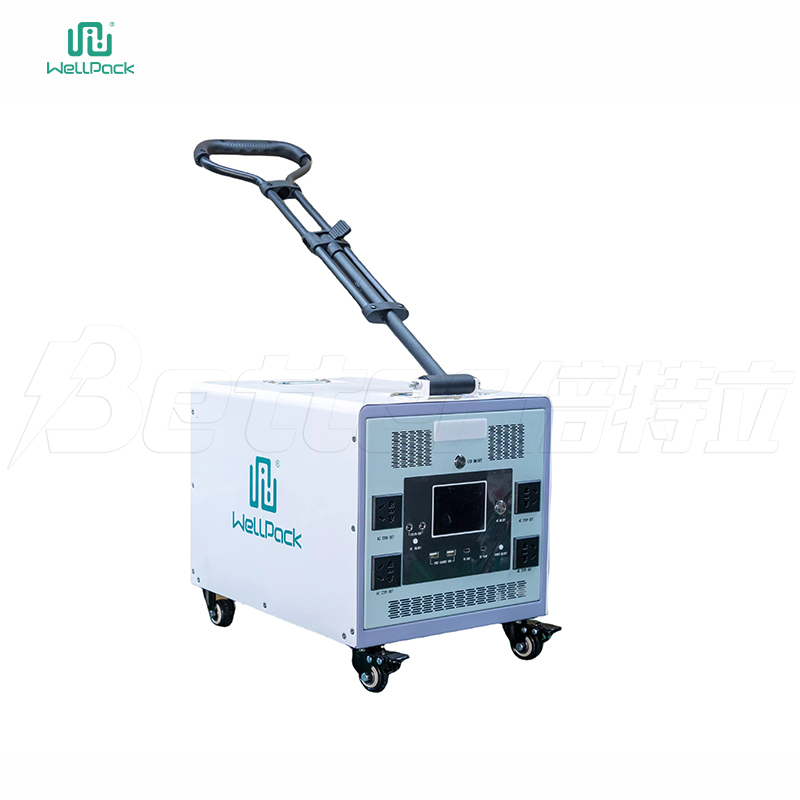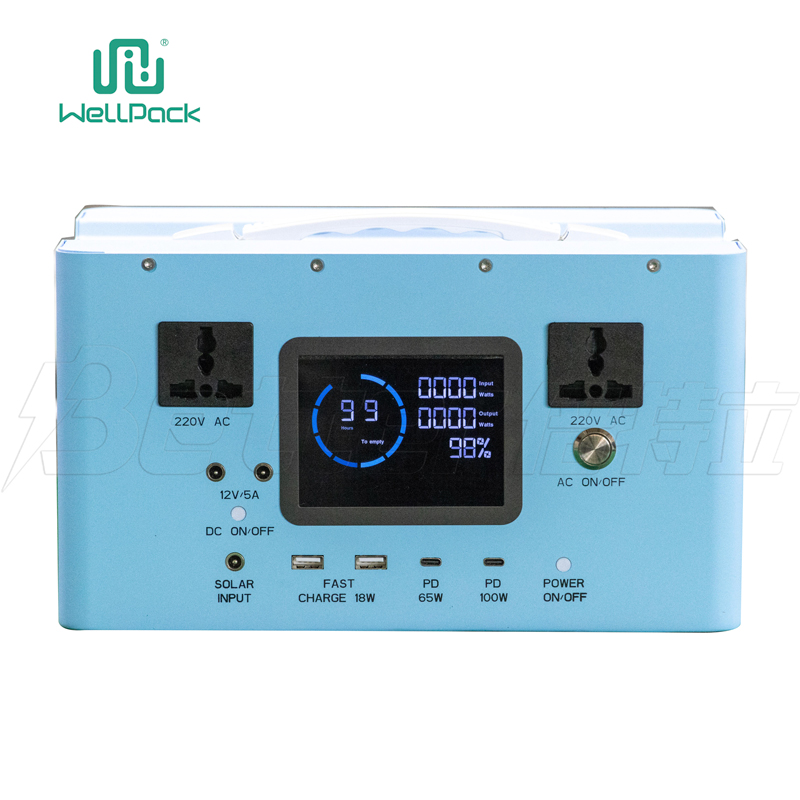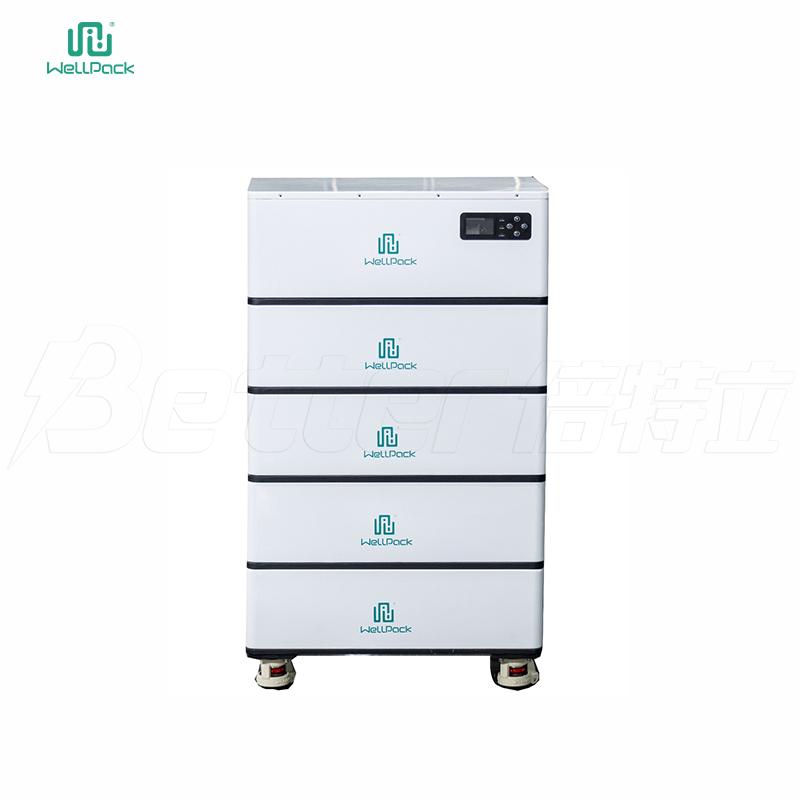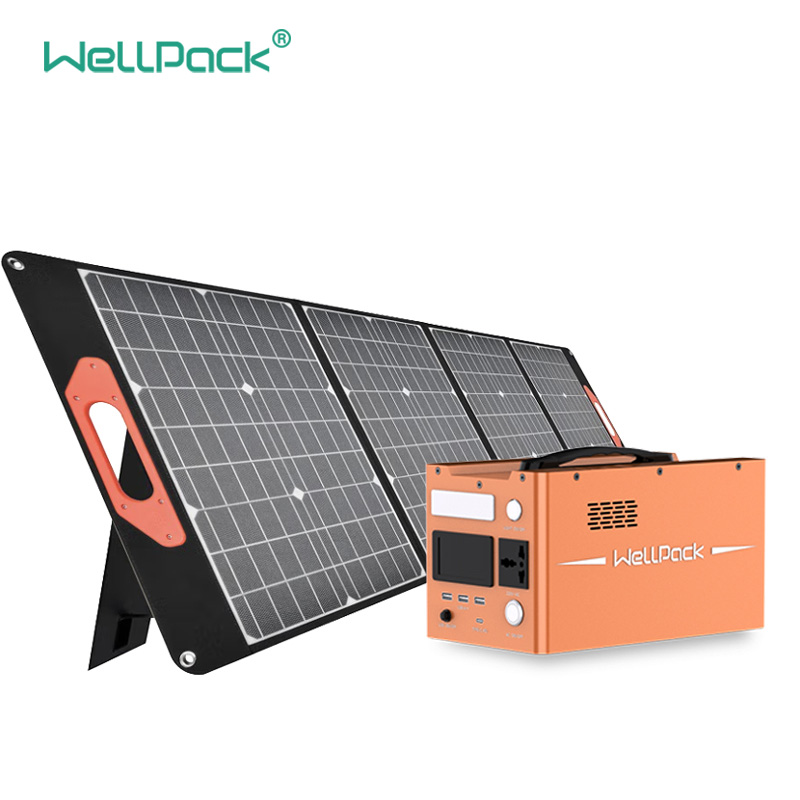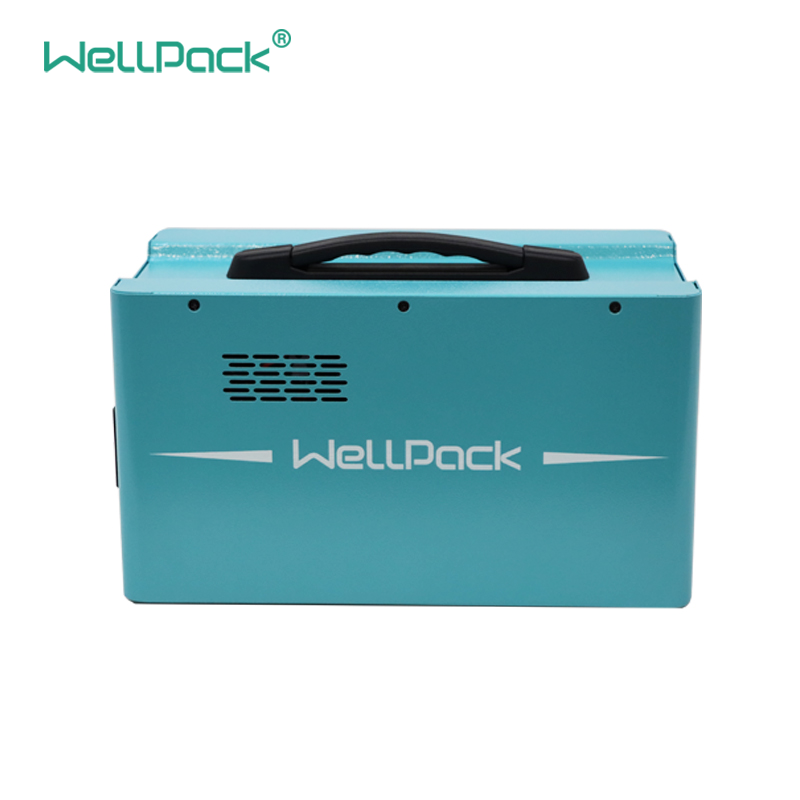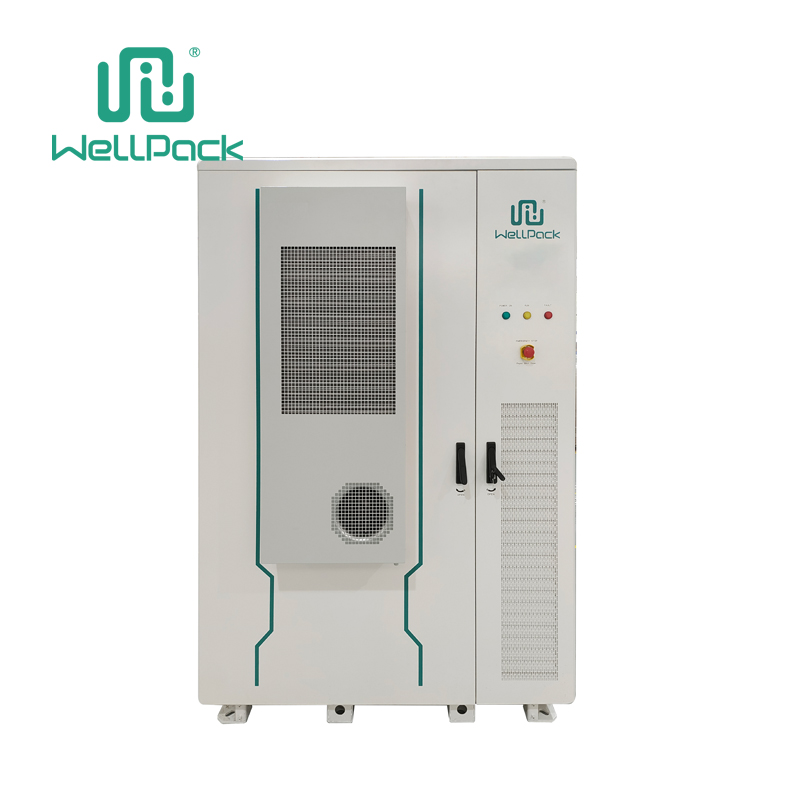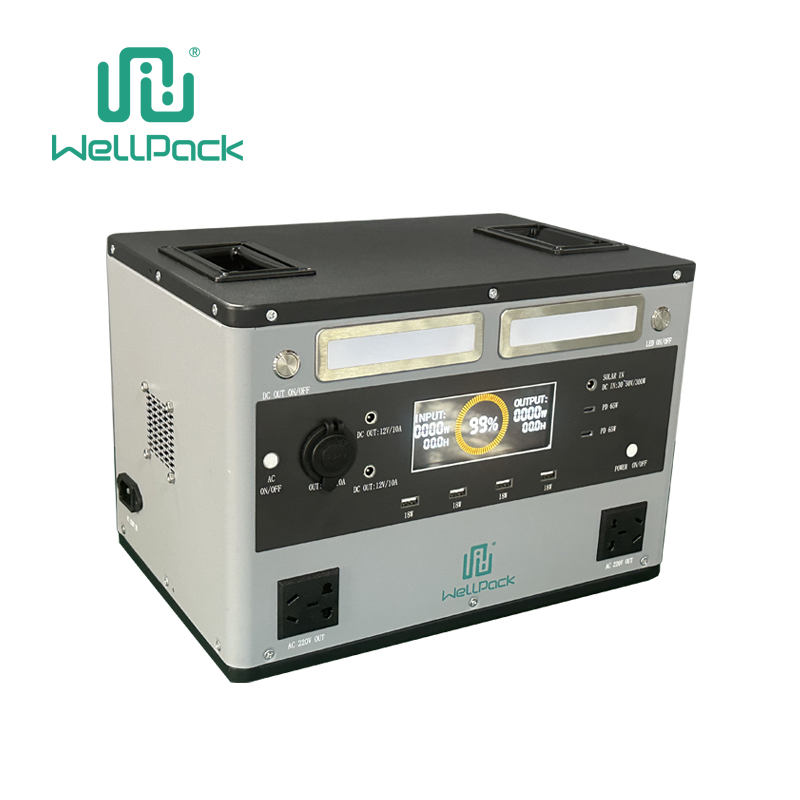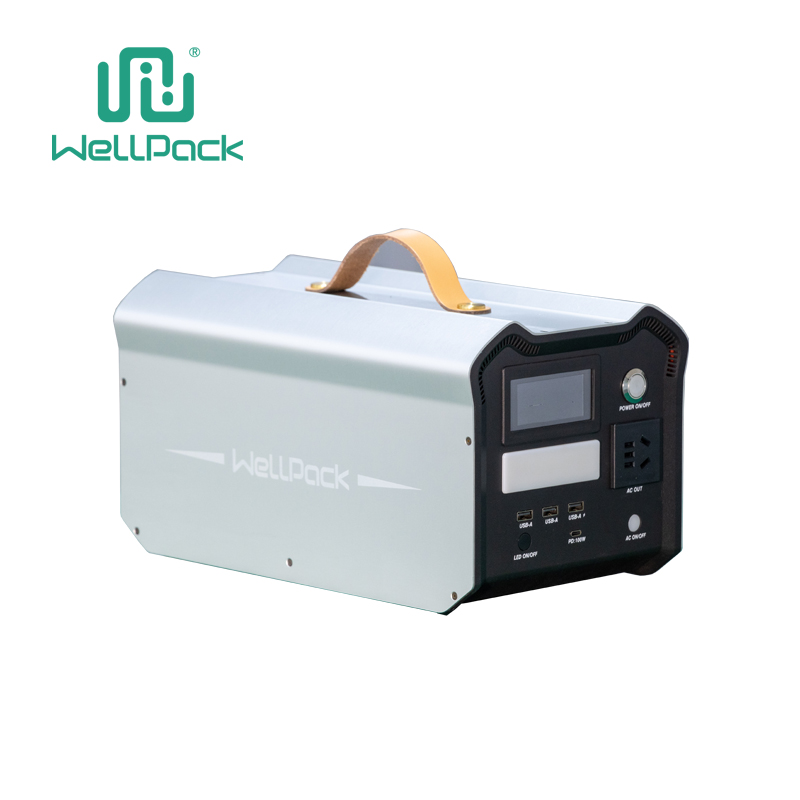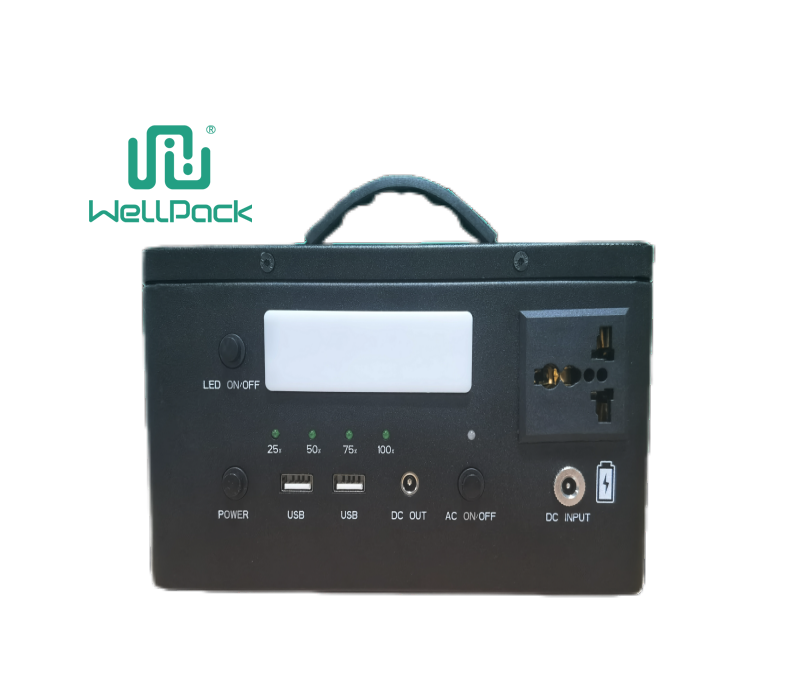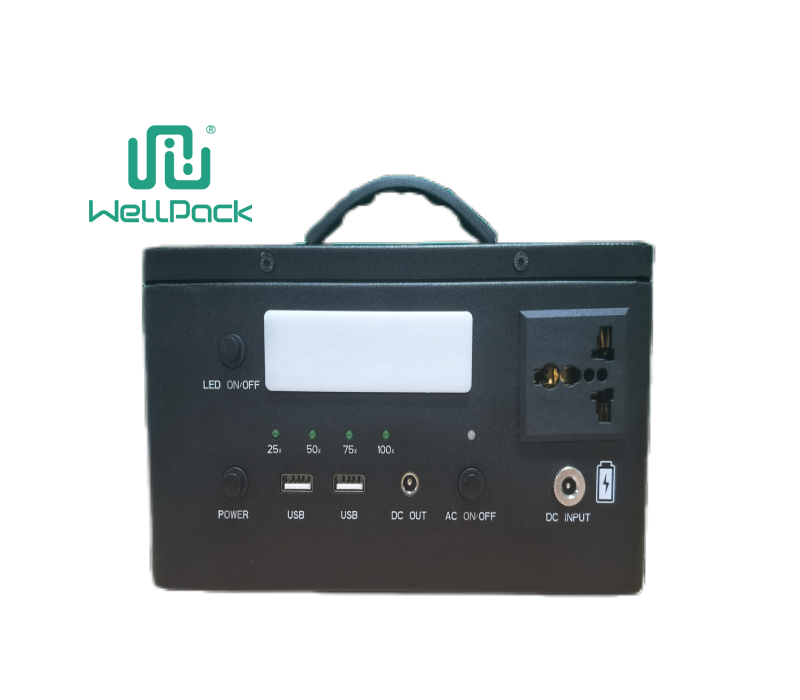Contents
Introduction
Every day, lithium batteries power our phones, tools, and even cars. But when you're picking one for a project or troubleshooting a device, knowing the differences matters. This guide breaks down the main types of lithium batteries, their strengths, and where they fit in real life. Whether you're dealing with a drone that won't last a flight or a backup system for outages, you'll find straightforward answers here.
Lithium Battery Basics
Lithium batteries use lithium ions to store and release energy. They're lighter and hold more charge than older types like nickel-cadmium. But not all lithium batteries are the same—variations in materials affect safety, lifespan, and cost. If you've ever wondered why your laptop battery dies faster than your phone's, it's often down to the chemistry inside.
The core setup is similar across types: a positive electrode (cathode), negative electrode (anode), and electrolyte that lets ions move. What changes is the exact materials, which tweak performance. For instance, some prioritize speed in charging, others focus on staying cool under heavy use.
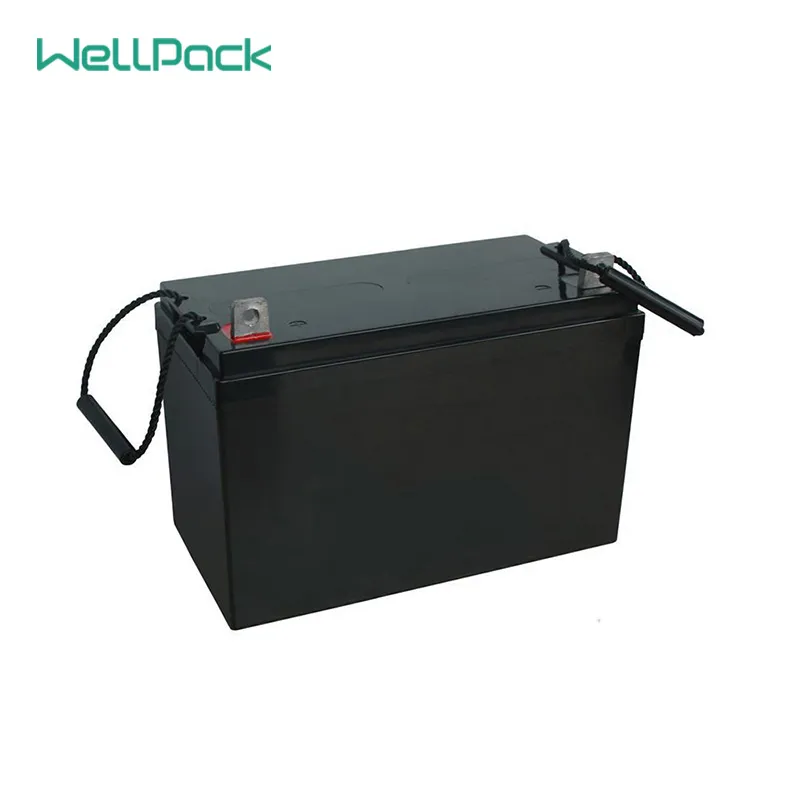
Lithium-Ion Batteries
Lithium-ion batteries are the workhorses you'll find in most gadgets. They dominate because they balance energy density, cost, and reliability well. Think of your smartphone or electric toothbrush—these likely run on lithium-ion cells.
Inside, the cathode is usually lithium cobalt oxide or similar compounds, paired with a graphite anode. This setup lets them pack a lot of power into a small space, up to 250 watt-hours per kilogram. That's why they're great for portable devices where weight counts.
Pros include long cycle life—up to 500 charges before noticeable fade—and quick recharges. But they can overheat if pushed too hard, which is why phones have built-in safeguards. In your daily grind, if you're swapping batteries for a camera on a shoot, lithium-ion keeps you going without much hassle.
Drawbacks? They're sensitive to extreme temperatures. Leave one in a hot car, and capacity drops. For B2B buyers sourcing for tools, this means checking supplier specs for thermal stability.
Lithium-Polymer Batteries
Building on lithium-ion tech, lithium-polymer batteries swap liquid electrolyte for a gel-like polymer. This makes them flexible and moldable, perfect for slim designs like wearables or RC cars.
You'll see them in drones or thin laptops because they can be shaped to fit odd spaces without losing efficiency. Energy density is close to lithium-ion, around 200-300 Wh/kg, but the real win is safety—the solid electrolyte reduces leak risks.
In practice, if you're rigging up a custom gadget for work, lithium-polymer lets you get creative with layouts. They charge fast too, often in under an hour for small packs. Hobbyists love them for model planes, where every gram matters.
On the flip side, they're pricier to produce, so expect higher costs for bulk orders. And while safer, they still need proper handling to avoid punctures that could spark issues.
Lithium Iron Phosphate Batteries
For heavier-duty needs, lithium iron phosphate (LiFePO4) batteries stand out. They're tougher on safety and longevity, using iron phosphate for the cathode instead of cobalt.
This chemistry shines in solar storage or electric vehicles. They handle deep discharges—down to 80% without harm—and last 2,000+ cycles. That's years of reliable power for off-grid setups or fleet vans.
Why choose them? Less fire risk, thanks to stable materials. If you're managing warehouse forklifts, swapping to LiFePO4 cuts downtime from battery failures. Energy density is lower at 90-160 Wh/kg, so they're bulkier, but that trade-off suits stationary uses.
Cost-wise, they're dropping as production scales. For exporters dealing with green energy clients, highlighting their eco-friendliness (no toxic cobalt) seals deals.
Lithium Titanate Batteries
Lithium titanate batteries (LTO) are all about speed and endurance. The anode here is lithium titanium oxide, which allows ultra-fast charging—full in minutes.
They're built for high-drain scenarios, like hybrid buses or medical devices where power surges happen. Cycle life hits 10,000+, and they work from -50°C to 60°C, ideal for harsh environments.
Picture emergency lighting in a factory: LTO ensures it kicks in instantly, no warm-up lag. Energy density is modest at 70-90 Wh/kg, so not for slim phones, but unbeatable for reliability under stress.
The catch? Higher upfront price and lower capacity per size. If your team handles industrial equipment, test them for vibration resistance—they hold up better than most.
Choosing the Right Type
Matching battery to need starts with your setup. For everyday portables, stick with lithium-ion for the sweet spot. Need flexibility? Go polymer.
Ask: What's the power draw? High bursts favor LTO. Longevity key? LiFePO4 wins. Budget tight? Standard lithium-ion scales well for volume buys.
Check voltage—most are 3.7V nominal—and capacity in mAh. For EVs or tools, factor in C-rate for discharge speed. Suppliers often provide datasheets; scan for UL certification to dodge fakes.
In B2B trades, negotiate for mixed packs if clients vary. Testing a sample run prevents returns later.
Common Questions and Issues
Ever notice your battery swelling? That's often from overcharge in lithium-ion—use smart chargers. For polymers, avoid sharp bends to prevent shorts.
LiFePO4 users ask about balancing cells; yes, do it quarterly for even wear. LTO? Minimal maintenance, but watch for dust in industrial spots.
Recycling's big too—lithium types are 95% recoverable. If sourcing globally, verify RoHS compliance for exports. And for storage, keep at 50% charge in cool spots to extend shelf life.
What if it won't hold charge? Age or heat likely culprits. Swap it out; don't risk fires.
Wrapping Up
Understanding lithium battery types empowers better choices, from home hacks to business ops. Lithium-ion for versatility, polymer for form, LiFePO4 for stamina, LTO for speed—each solves specific headaches. Next time you're eyeing a supplier or fixing gear, this knowledge saves time and cash.

